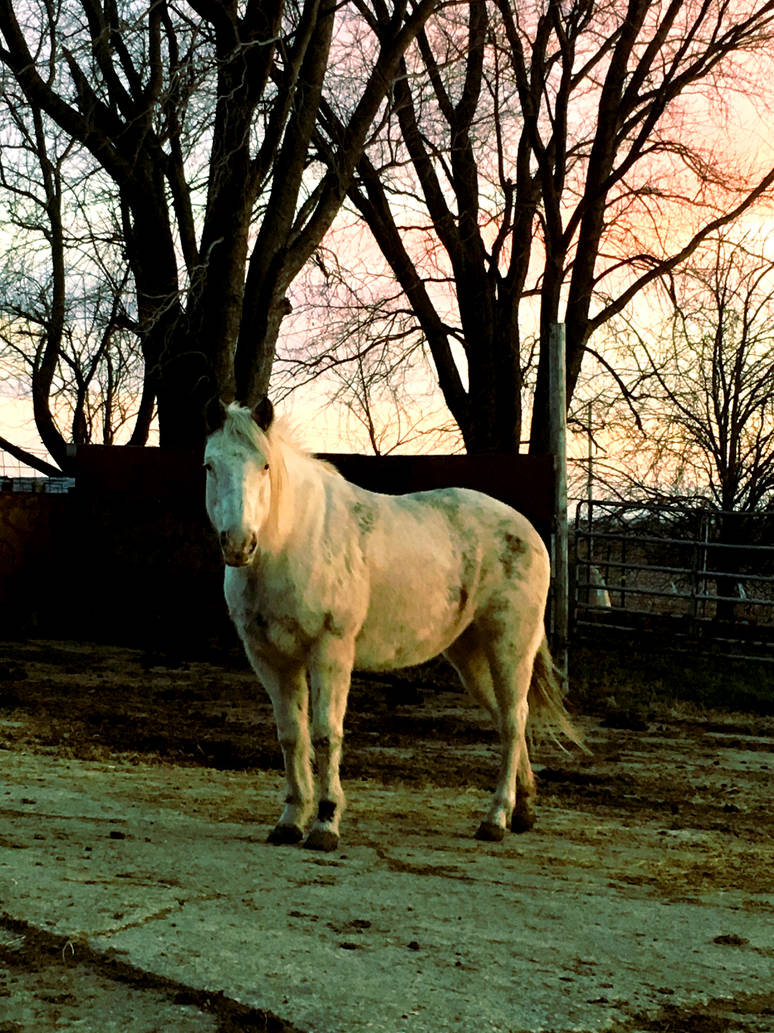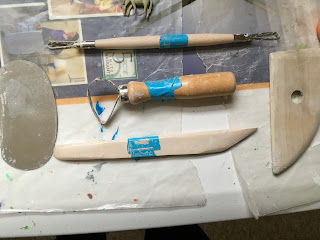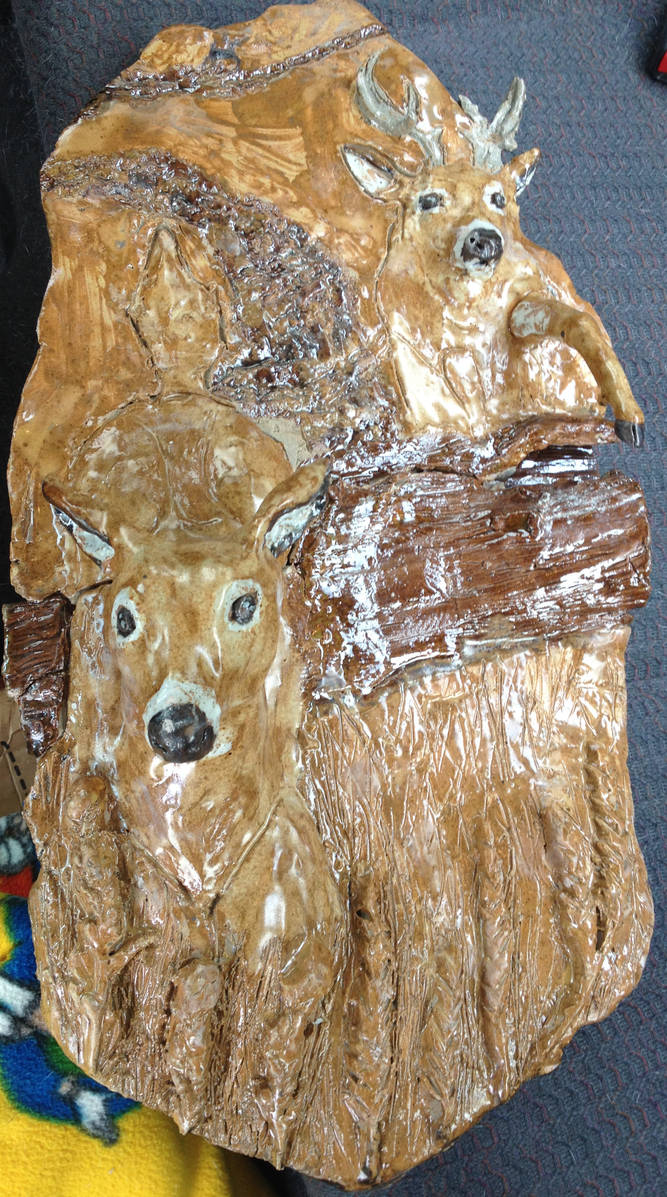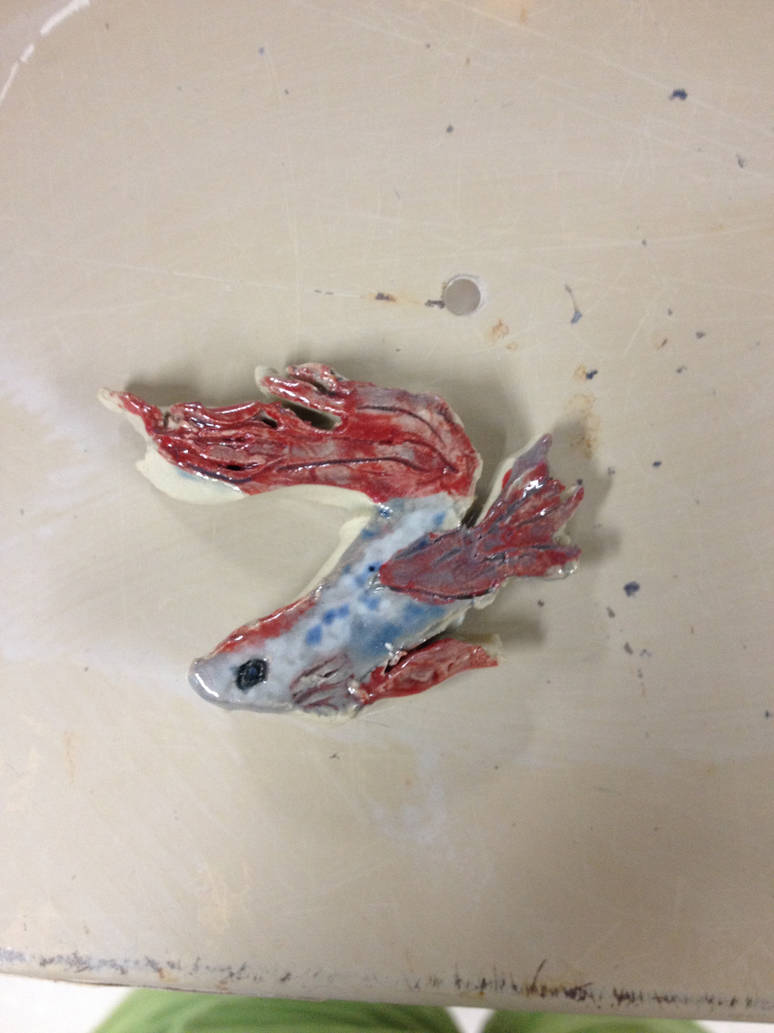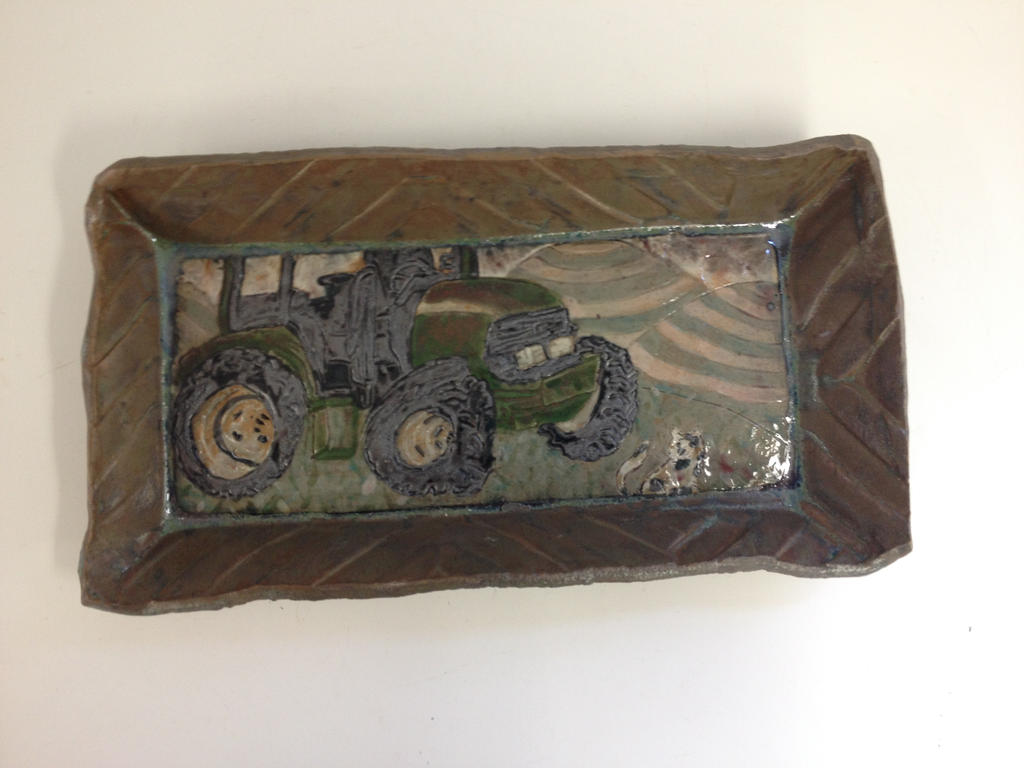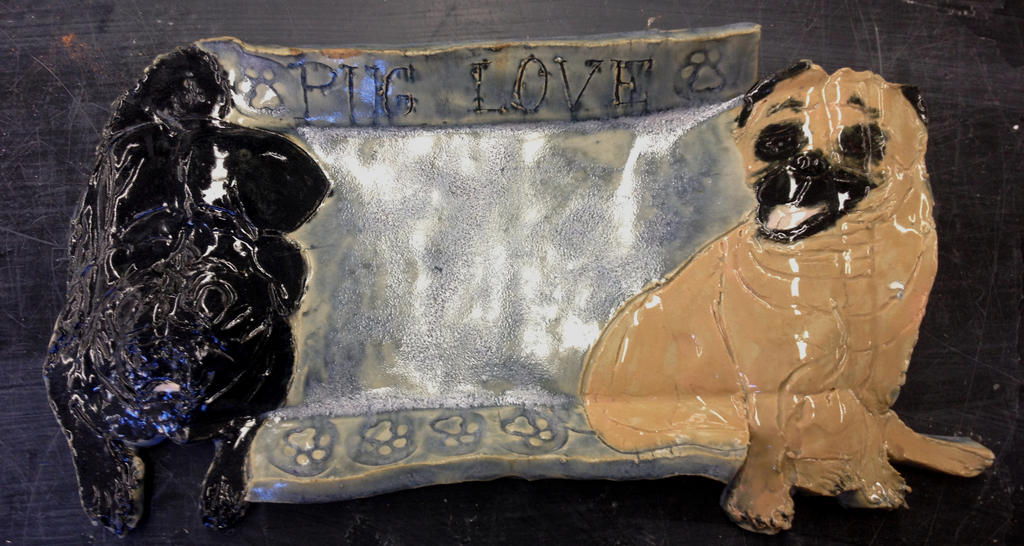WRONG!
Common as pets though. They themselves, as individuals, are not common. Not in any way, shape or form.
 |
| (My most recent canine teacher-Lucky) |
The biggest lesson that we are taught from dogs is unconditional love. They love us unconditionally. Bad dogs are rarely born, they are made.
But there are other lessons to be learned from our canine friends. Dogs lead truly interesting lives when you think about it. Overall, dogs are happy about life. They are. Happier than a high percentage of people. Dogs remind us to live in the moment. Get yelled at but two minutes later you are being praised? Dogs deal with that all the time. Most dogs don't hold grudges, it's not in their nature. People hold grudges on a scarily high frequency. We need to take this lesson of live in the moment to heart and remember that whatever we are mad or upset about is a teeny, tiny blip in our lifetimes.
 |
| (Dogs give love unconditionally,, and show their affection in many ways-like laying next to you.) |
Live life to the fullest is the next lesson from the dog. Dogs have heart-achingly short lives. Any dog owner has experienced this devastation. Compared to our decades long lifespan, our canines live roughly a decade. A decade and a half if you're lucky. Two decades if you're extremely lucky. Dogs truly live their lives to the best of their abilities. Many are happy so long as their owner is near them, others thrive on walks or play time, and still others thrive on trekking along or riding along with their human, or even chewing on a toy or stick. How hard is that to comprehend for us? We who thrive on complexity (in appearance).
 |
| (Living in the moment is another lesson that can be learned from our dogs) |
And a sub lesson in the above lesson is that you need to enjoy the little things. Those precious moments of time spent with your pet or other loved ones. Time, no matter how long or short it is for you, is precious, make sure you're spending it the right way. Do things you love rather than things you hate. Instead of putting off that walk, go take it, even if it's just around the block. Learn that skill you wanted to learn.
 |
| (What motivates you?) |
Another lesson from dogs is learning what motivates you to learn/work. Is it food? Play time? Petting--wait, that's dogs! But in all seriousness, what motivates you? What inspires you? What makes you WANT to work? We think of all sorts of things to motivate our dogs to learn new tricks or skills, yet we take so little time in looking at ourselves and what motivates us. And really, are we that more complicated than dogs? I don't know about you, but the minute someone says free food, I'm usually there.
 |
| (Ever forgiving) |
Forgiveness, is another huge lesson from our canine friends. We can yell at them for doing something bed and while they may sulk for a bit, or avoid you, they are quick to come back. They forgive in a way that we, as humans, should really study and try to emulate. We'd ALL be a lot happier if we did so.
 |
| (Thinking a bit more about your canine companion(s) now? Good!) |
The final lesson to take from dogs, so to live in the moment. Too often, we dwell on past events or even future events. Think about for a minute. Take your time. I'll wait. Still here. Keep thinking on it. A bit more...oh come on! Pause for a minute! Quit reading for 1...2...3... And we're back! We don't live in the moment. We live in the past & future but rarely in the present. No wonder so many of us aren't happy! We don't know how to live in the moments we're in. Something always needs to be better or could be done better, or something needs to change--but what about now?! What can you do now? How can you be happy now? What do you need to let go of to be happy now? Dogs, live in the now. They aren't worried about what happened yesterday much less what happened an hour ago! They want to eat that treat in your hand, or lay next to you, or know that you're close. How fascinating is that, am I right?
We've got a lot to learn from our animal friends, and we're not done with them by a long shot.
Till the next time!
















